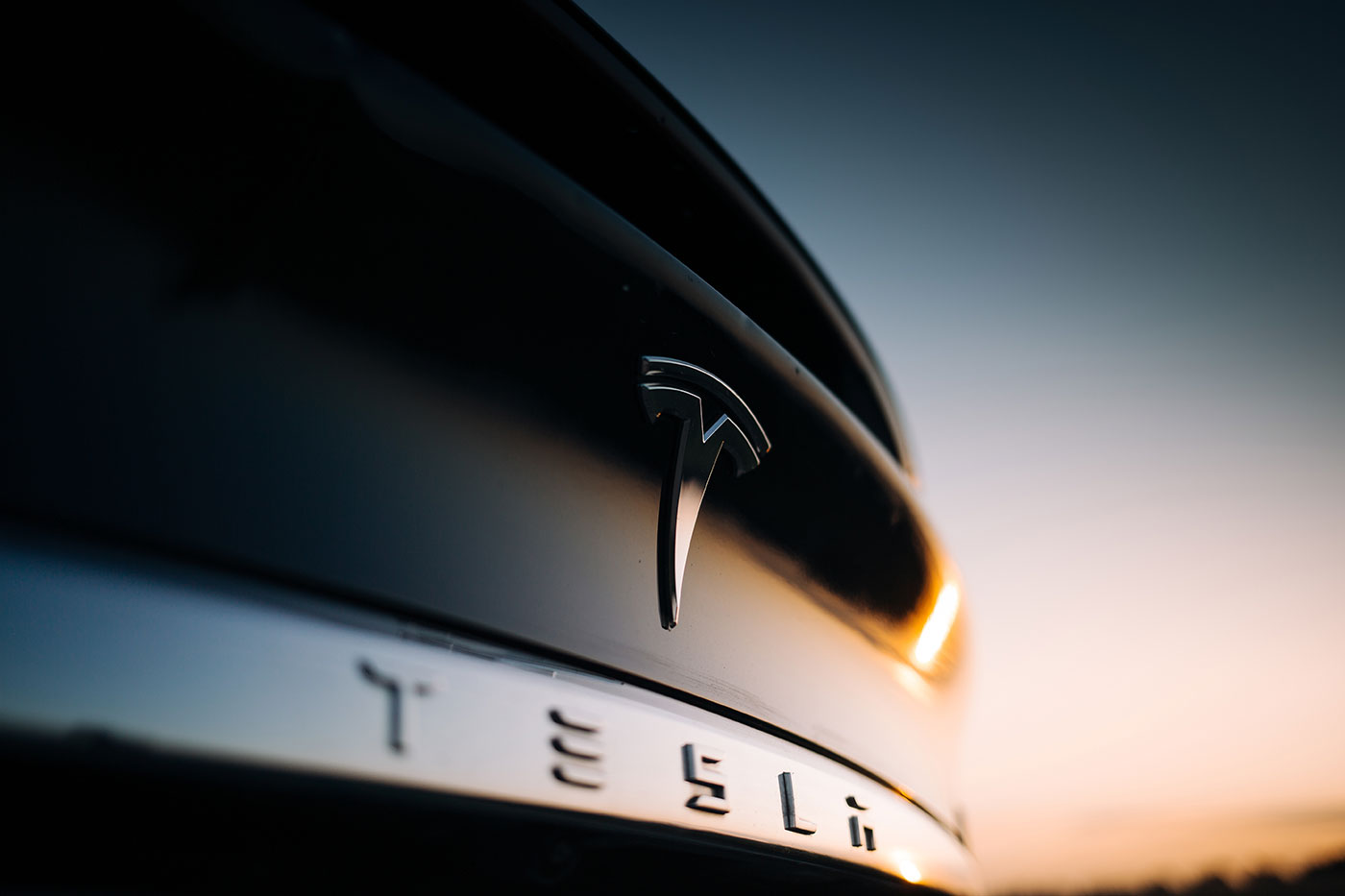Tesla’s (TSLA) ambitions in autonomous vehicles has always been at the top of the list of priorities for company CEO Elon Musk. Tesla’s full self-driving (FSD) platform, which combines proprietary AI software and hardware to enable autonomous navigation in various Tesla vehicles, has been available in Beta to Tesla owners in North America.
The company’s FSD progress is key to its long-term profitability. Musk has projected Tesla to reach gross profit margin of 70% or higher through FSD technology, underscoring its immense potential. But Tesla is not the only company vying for this market. Rivals such as Waymo, which is owned by Google parent Alphabet (GOOG , GOOGL), and Cruise which is owned by General Motors (GM), have staked their claim in the race for autonomy. And the race has begun to narrow with leadership in San Francisco recently approving more driverless robotaxi service throughout the city.
In a 3-to-1 vote by the California Public Utilities Commission, both Waymo and Cruise were granted the green light to expand driverless and ride-hailing operations to all parts of the city, 24 hours a day. In the first phase of the pilot, both services had deployed several hundred vehicles. They now have permission to expand their commercial rollout to thousands of vehicles. This is a major step forward for both company which rely on artificial intelligence to safely navigate the streets of San Francisco.
With both Waymo and Cruise controlling San Francisco, Tesla investors are left wondering whether this is good news or bad news for Tesla. It also reignites the AI debate, which asks what’s the best way for these vehicles to see the world around them, via powerful machine vision systems to help the vehicles navigate the world. Basically, Tesla relies entirely on cameras, while Cruise and Waymo utilize an assortment of sensors such as lidar (short for “Light Detection and Ranging”).
Some believe lidar, which use pulses of lasers to map its environment, can be cost-prohibitive, including Elon Musk, who claimed that any company relying on the powerful but expensive lidar is “doomed.” And that’s where Tesla’s technology, which matches its profitability goals, comes into play. Tesla’s FSD platform addresses two major markets: autonomous vehicles and robotaxi services. The autonomous vehicle market is projected to reach $1.8 trillion by 2030, and Tesla can capitalize on this by selling FSD software directly to consumers or licensing it to other automakers.
What’s more, the robotaxi market is estimated to generate $9 trillion in annual revenue by 2030, with Tesla planning to mass-produce a robotaxi by 2024 and potentially launch an autonomous ride-hailing network in the near future. The company has previously set an aggressive goal to produce 20 million vehicles annually by the end of 2030. Currently, Tesla’s production capacity runs at an annual rate of about 2 million vehicles per year. In order to achieve 20 million vehicles, the company would need additional production capacity.
The expanding market for EVs, predicted to grow to $1.1 trillion by the end of the decade, aligns favorably with Tesla’s growth trajectory. Thus, the expansion of driverless robotaxi services in San Francisco present a significant opportunity for Tesla’s long-term growth and profitability. In essence, although Tesla was not included in the San Francisco expansion, it is still good news for the company, given Tesla’s advancements EV market and its strong position in AI technology.
All told, while Tesla’s current valuation might appear high in comparison to traditional automakers, the potential for growth in the software and services sector justifies this valuation in the long run, particularly given the company’s disruptive potential and growth prospects in the AI-driven future of transportation and mobility.
The views and opinions expressed herein are the views and opinions of the author and do not necessarily reflect those of Nasdaq, Inc.
Image and article originally from www.nasdaq.com. Read the original article here.

